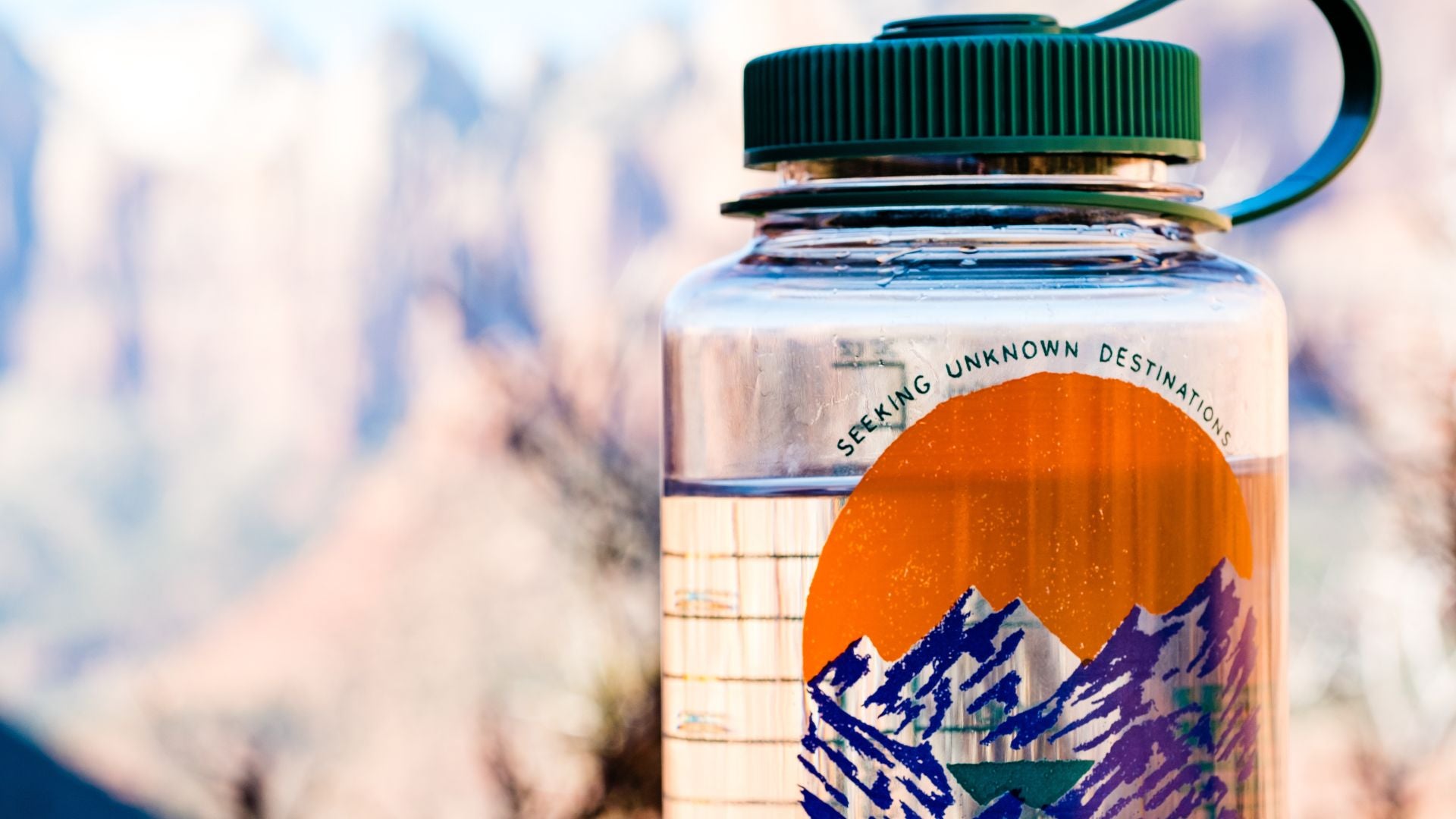Question
What’s the best way to treat rattle snake bites in the wild? Thanks –Lorenzo.Answer
Lorenzo, please check out the “Venomous Snake Bites” chapter (excerpted below) from Dr. Weiss’ A Comprehensive Guide to Wilderness & Travel Medicine, 3rd.
Treatment
The definitive treatment for snake venom poisoning is the administration of antivenin. The most important aspect of therapy is to get the victim to a medical facility as quickly as possible.
Signs and Symptoms of Envenomation
- One or more fang marks (rattlesnake bites may leave one, two, or even three fang marks).
- Local, burning pain immediately after the bite.
- Swelling at the site of the bite, usually beginning within five to 20 minutes and spreading slowly over a period of six to 12 hours. The faster the swelling progresses up the arm or leg, the worse the degree of envenomation.
- Bruising (black and blue discoloration) and blister formation at the bite site.
- Numbness and tingling of the lips and face, usually 10 to 60 minutes after the bite.
- Twitching of the muscles around the eyes and mouth.
- Rubbery or metallic taste in the mouth.
- After six to 12 hours, bleeding from the gums and nose may develop and denote a serious envenomation.
- Weakness, sweating, nausea, vomiting and faintness may occur.
First Aid
- Rinse the area around the bite site with water to remove any venom that might remain on the skin.
- Clean the wound and cover with a sterile dressing.
- Remove any rings or jewelry.
- Immobilize the injured part as you would for a fracture, but splint it just below the level of the heart.
- Transport the victim to the nearest hospital as soon as possible. If you pass by a telephone, stop and notify the hospital that you are bringing in a snakebite victim so they can begin to locate and procure antivenin.
- It is not necessary to kill the snake and transport it with the victim for identification. If the snake is killed, it should not be directly handled, but should be transported in a closed container. Decapitated snake heads can still produce envenomation
- Extractor pumps designed to provide suction over a snakebite wound are sold in many camping stores and endorsed by some as a first aid treatment for snakebites. Based on recent scientific evidence, these devices are no longer recommended. A study published in the Annals of Emergency Medicine in 2004 showed that these devices remove an insignificant amount of venom, and may also be harmful to the victim. The best first aid for snakebite is a cell phone (call the hospital that you are going to so that they can procure antivenin) and a car or helicopter to get the victim there as quickly as possible.
Other First-Aid Treatments That May Be Beneficial
Immediately wrapping the entire bitten extremity with a broad elastic bandage (the “Australian Compression and Immobilization Technique”) has proven effective in the treatment of elapid and sea snake envenomations only. It is only recommended when the victim appears to have suffered a severe envenomation and is several hours from medical care.
The wrap is started over the bite site and continued upward toward the torso in an even fashion about as tight as one would wrap a sprained ankle (Fig. 60). Monitor the color, pulse and temperature of the hand or foot to make sure that there is adequate circulation. If circulation appears compromised, loosen the wrap. Otherwise the bandage should not be released until after the victim has been brought to a medical facility. The limb should then be immobilized with a well-padded splint.
Things Not To Do
- Do not make any incisions in the skin or apply suction with your mouth.
- Do not apply ice or a tourniquet.
- Do not shock the victim with a stun gun or electrical current.













